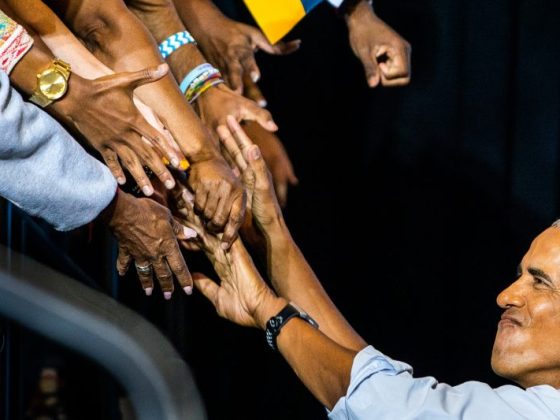The first night of the Democratic National Convention underscored an unforgettable milestone in the history of the Democratic Party, marking a sudden transformation that has remodeled the party’s persona, structure, and priorities. The night was more than a sophisticated political rumble; it was a clear demonstration of an evolved unity, diversity, and inclusivity.
One of the major elements that demonstrated this evolution was the unique cross-generational bridge that was on display during the convention. The Democratic Party managed to fuse together old guard wisdom alongside innovative theories from the party’s more energetic and radical wing. The presence of heavyweight stalwarts like Bernie Sanders and the subsequent shift to upcoming leaders like Alexandria Ocasio-Cortez reflected the diversity in thought and adhered to a common objective – to encourage more broad-based support. The harmonious blending of different ideological strands into a solid political cord showcased the morphing of the Democratic Party accommodating both traditional liberal tenets with the more radical progressive ideals.
Secondly, the night accentuated the transition from being an electoral alliance to an inclusive umbrella that espouses various demographics, cultures, and viewpoints. It was particularly noteworthy that the convention highlighted the travails of ordinary Americans, ranging from racial injustices to the COVID-19 pandemic’s socio-economic fallout. This emphasis on ordinary voices, as opposed to a singular focus on political elites, underscored the Democratic Party’s maturation into the party for all Americans. Their message was not restricted to particular demographics anymore; it spanified across the socio-economic and racial spectra, effectively metamorphosing into a multi-dimensional political institution.
Furthermore, the convention highlighted a distinct shift from regular political platitudinous rhetoric to a humane, empathetic, and compassionate discourse. In an epoch where politics has often been reduced to mere partisan squabbles, the Democratic Party articulated a departure from traditional politics, emphasizing more on empathy, unity, humility, and overall fundamentally ethical principles. The metaphorical stage was marked by emotive speeches that unearthed a different facet of the Democratic Party, which is more inclined towards human values than pure political gain.
The virtual convention was a spectacle of the Democratic Party’s evolution in leveraging technology for political mobilization. Traditional conventions were marked by grandeur, grandstands, and histrionic speeches. However, amid the global pandemic, the shift to a virtual convention was not just an adaptive strategy, but a testament of the party’s ability to evolve synchronously with the times. The convention leveraged technology to reach out to their grassroots supporters, showcasing an increased commitment to accessibility and inclusivity.
Finally, the night saw the championing of women’s power. This was prominently observed in the key endorsement of Joe Biden by the iconic Michelle Obama. With Senator Kamala Harris standing as the vice-presidential candidate, the convention boldly portrayed the Democratic Party’s transformative journey towards gender inclusivity and empowerment in its leadership roles.
The first night of the Democratic National Convention was a compass, guiding us to comprehend the transformative evolution of the Democratic Party. The night was a sui generis blend of diversity, unity, inclusion, empathy, technological savviness, and feminine power. The convention became a mirror, reflecting the party’s snap metamorphosis into a platform that not just competes for power, but yearns for collective progress, inclusivity, and unity.











